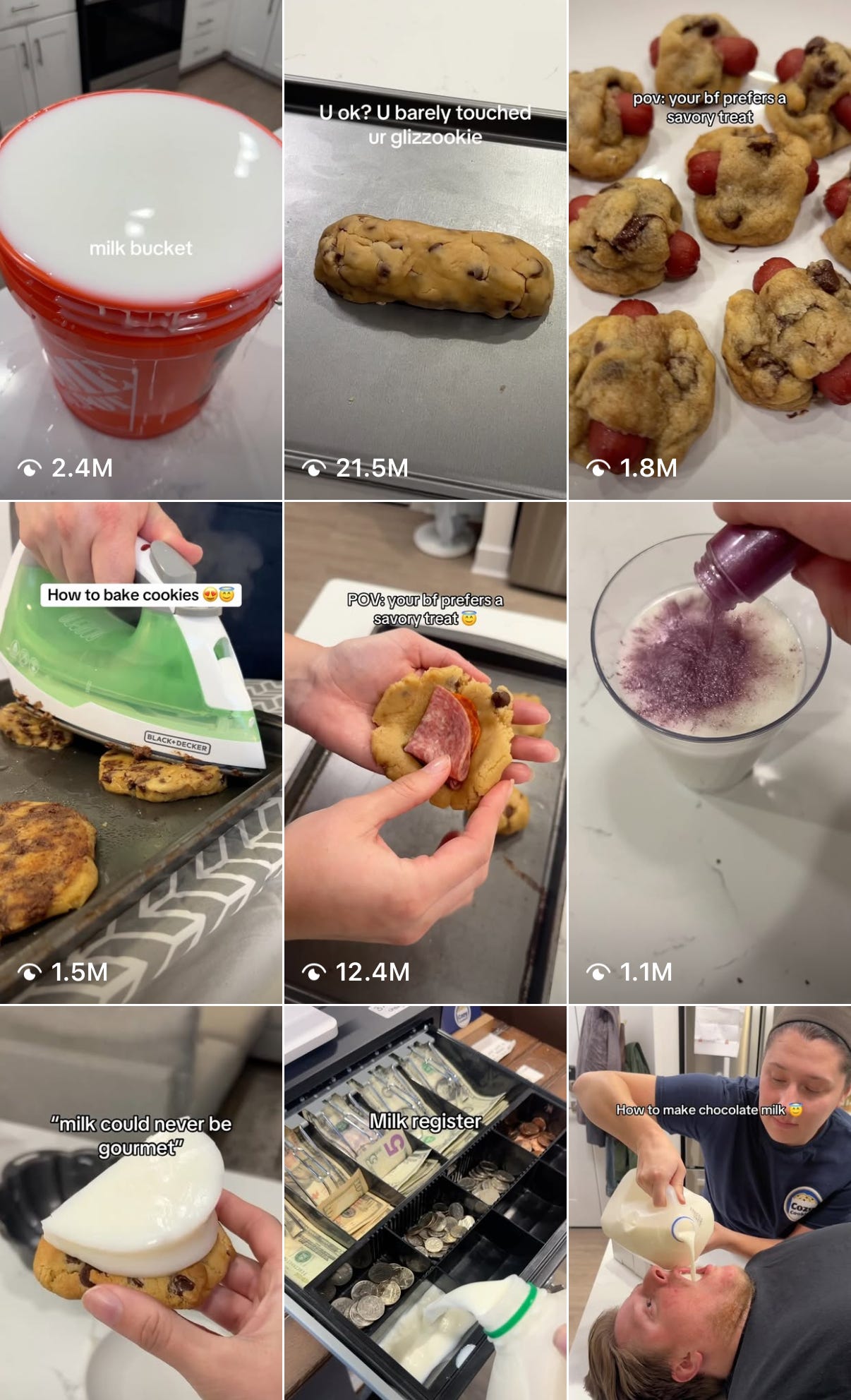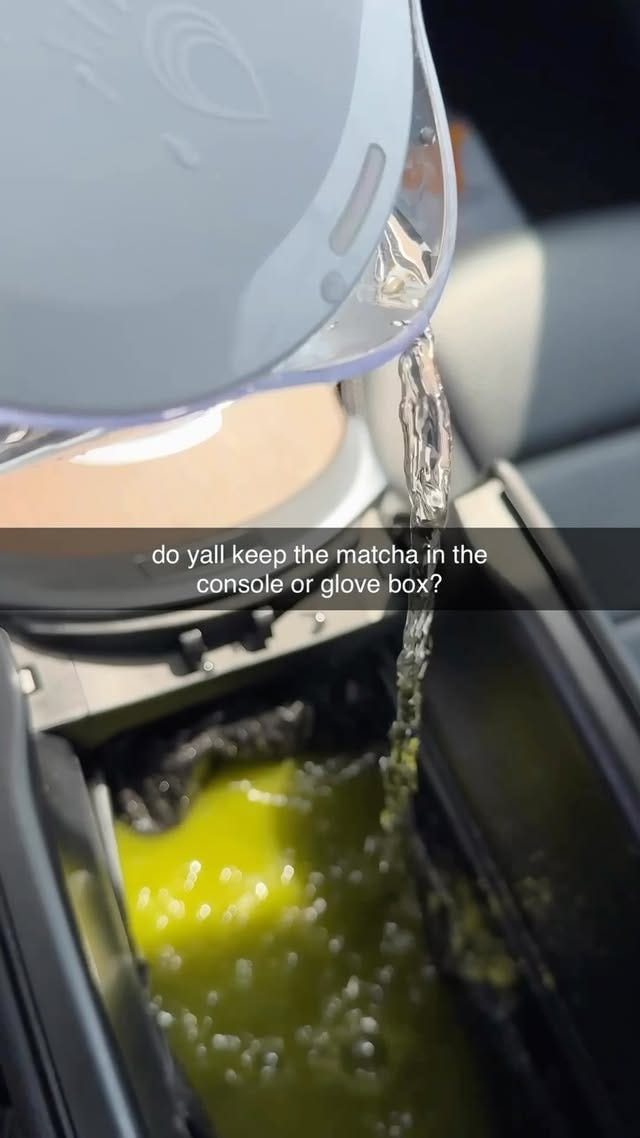This subreddit loves onions
See also: r/tomatoes, r/garlic, r/potato, and r/PepperLovers.
Today’s issue of PHONE TIME includes: niche internet corners returns with r/OnionLovers, tiramisu purses and viral food marketing, a Zohran Mamdani lookalike competition, and more.
The subreddit r/OnionLovers has gained over 192,000 members through its celebration of onions, including memes, recipes, spottings of onions in the wild, and more.
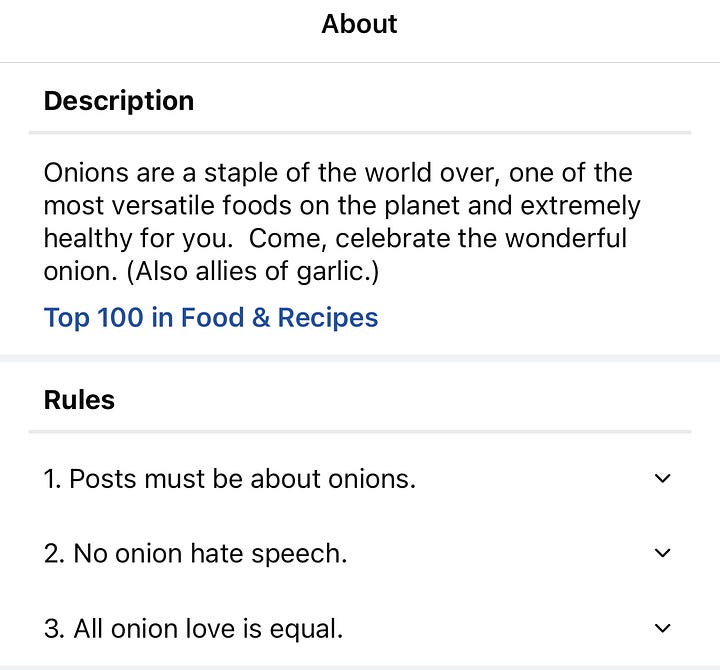
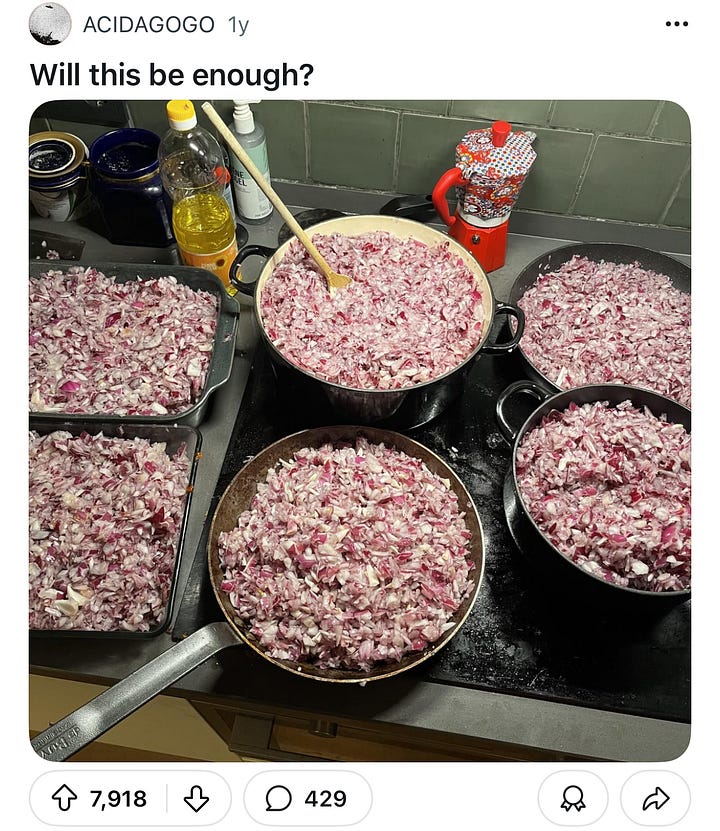
Other related subreddits you should definitely check out:
R/tomatoes—55,000 “gardeners”
R/garlic—22,000 “smelly people”
R/potato—31,000 members
R/PepperLovers—34,000 “Pepper Lovers”
R/onionhate—58,000 “onion haters”
“Onions are fucking awful. Why do so many people have the wrong opinion?”
Elsewhere online
“In Touch, Life & Style, Closer and First for Women Magazines to Shutter, Lay Off Entire Staffs”—Chris Gardner, The Hollywood Reporter. “Despite the pullback in print, the magazines boasted online readership and considerable social media followings. On Instagram alone, both Life & Style and In Touch counted north of half a million followers in addition to robust websites,” Gardner writes.
“Real TikTokers are pretending to be Veo 3 AI creations for fun, attention” — Kyle Orland, Ars Technica.
I’ve been mulling over recent corporate and brand media projects—Microsoft’s launch of a print magazine called Signal; American Eagle’s newsletter “Off the Cuff” on Substack, Hinge’s “No Ordinary Love” campaign.
In Columbia Journalism Review, Sarah Grevy Gotfredsen writes:
“Signal’s articles are written by a mix of in-house staff, which includes former journalists, and contributors from Delayed Gratification, a UK-based magazine that operates under the slogan ‘last to breaking news.’ Indeed, faced with newsroom layoffs, journalists are increasingly pivoting to careers in corporate storytelling.—“Print Is Dead. Just Don’t Tell Microsoft.”
These kinds of media projects aren’t new, and the lines between content, marketing, advertising, journalism, and editorial have been getting tangled for years. Still, that last line bums me out from a journalism perspective! It’s not that corporate storytelling can’t provide value, but it also doesn’t function with the same goals as independent journalism—even if the latter often falls short of its ideals.
I resonated with this insight from another CJR piece, by Michael Canyon Meyer and written in 2015.
“As content marketers grow more sophisticated, they will continue to adopt the trappings of journalism if not the journalistic mission, creating a world in which more and more content looks and feels the same but in fact isn’t. The truth is, we’ve always been out there in the information landscape on our own, choosing what to trust and what to ignore. The difference now is that there are fewer distinct features, fewer landmarks to guide us.”—“Should journalism worry about content marketing?”
“The Expansive, Absurdist Canvas of Tiramisu”—Vrinda Jagota, Taste. I wrote a bit about the online tiramisu-verse in April, connecting it to food-related memes featuring pickles, tinned fish, and Diet Coke. Jagota spoke with chef and creator Juliette Moreno, who has played a leading role in weird tiramisu with videos of the dessert in a car console and bike basket.
This kind of weird, unhinged, and “cursed” food content has existed for years across multiple platforms. But now, it feels particularly optimized for viral food brand marketing, especially on Instagram Reels. Even the Instagram account for Brita, the water filter, has leaned into this absurdism, with content including a matcha car console and fridge drawers full of pickles and coffee.
This online tool by Liam Esparraguera recreates the texture and color mixing of risograph prints.


You can experiment with the halftone patterns and ink colors. A Zohran Mamdani look-alike competition, hosted by Hot Girls for Zohran, will take place on Friday, June 13. “Come join us at Prospect Park North Bandshell on June 13th as we judge a variety of Zohran Mamdani lookalikes. The winner will be awarded $75, free Hot Girls for Zohran merch, and the key to the city,” reads the Eventbrite listing.

The original Timothée Chalamet look-alike competition relied on intentionally low-effort posters plastered around the city—a format which many copycats have also used. The June 1 Google Doodle is a celebration of hyperpop.
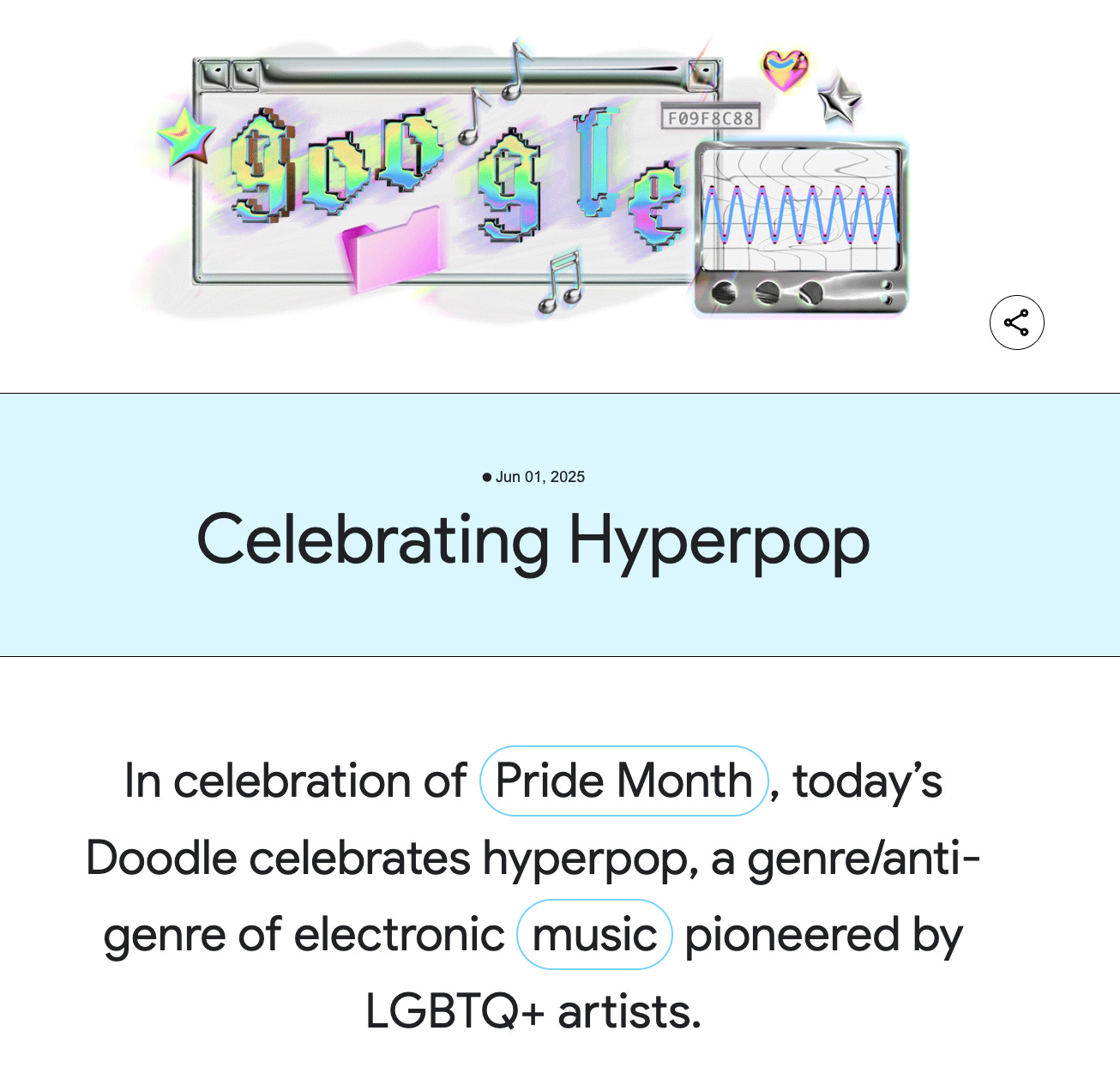
Insights for the Doodle were contributed by assistant professor of modern culture and media at Brown University madison moore as well as artists Dorian Electra, Hannah Diamond and RYL0, according to a Google blog post. Things I posted that you might enjoy




